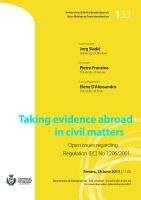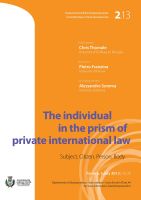HEC Seeks to Recruit Assistant Professor of PIL
The Department of Law and Taxation of HEC Paris (France) invites applications for Tenure-track faculty positions to begin in 2014.
HEC Paris is the leading Business School in France and one of the leading Business Schools in Europe. The teaching of Law is one of its distinctive features. In addition to a large diversity of mandatory and elective law and taxation courses, HEC Paris offers to its students specializations in international business law and taxation.
JOB DESCRIPTION/QUALIFICATIONS: The position’s opening is in International Private Law, with emphasis on International Contract law, Legal environment of International negotiations, Arbitration. A strong track record in both research and teaching is required. Support for research is excellent, including grants from HEC. During their first three years at HEC, assistant professors benefit from a reduced number of teaching hours, simplified access to research funds and an exemption of administrative duties.
The remuneration and benefits package is competitive by international standards and will be commensurate with experience and profile. While HEC Paris is a bilingual school (English/French), the ability to teach in French is not mandatory.
Applicants are required to have (or be about to complete) a Ph.D. degree.
APPLICATION PROCEDURE: Interested applicants should send a cover letter, vitae, and selected research papers, to Elizabeth Hautefeuille by June 10, 2013 at the following address: email: hautefeuille@hec.fr
For additional information about HEC Paris, please refer to our website at: http://www.hec.fr



 The last issue of the Revue critique de droit international privé was just released. It contains four articles and several casenotes.
The last issue of the Revue critique de droit international privé was just released. It contains four articles and several casenotes.